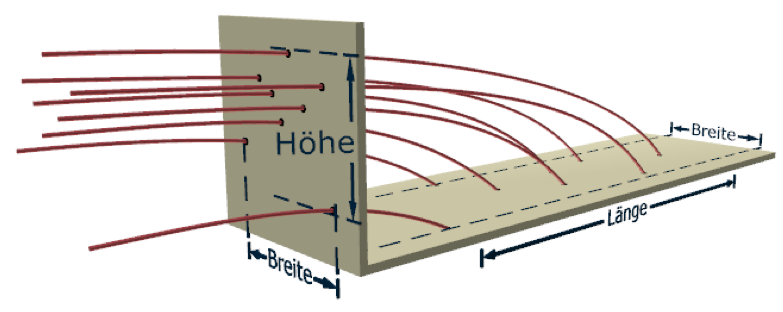Shooting theory 3
- Engelhardt
- 19. January 2019
- 16:40

This article continues the small series on biathlon shooting theory as part of biathlon shooting technique. Basic knowledge of shooting theory is a prerequisite for learning the biathlon shooting technique. They help the athlete to understand his or her own actions in training and competition and thus to apply them more properly.
Unfortunately, the knowledge of biathlon shooting technique is often criminally neglected in the training of young athletes. With this and the following contributions I would like to contribute to the fact that this is no longer the case in the future.
Principles
Shooting theory includes:
- The doctrine of the shot,
- The sighting device and aiming,
- The scattering, the impact pattern and the bullet effect as well as
- Determining the initial values and shot corrections.
n this article, the basics of scattering, hit pattern and bullet effect will be presented.
Scattering, impact pattern and bullet effect
Scattering
If several shots are fired from a gun with the same aiming point, this results in several impact points. The impacts are distributed over a certain area. This phenomenon is called Scattering.
Causes for the scattering are:
- slight differences in ammunition production, causing deviations in the initial velocity in particular (ammunition dispersion),
- different vibrations (e.g. heating of the barrel, loose sighting device as well as natural production-related differences in gun manufacture (gun dispersion)),
- Aiming errors, changes in shooting position, weapon rest and trigger pull (shooter scatter) and
- changing weather conditions (e.g. wind).
To hit the targets, the average dispersion must not exceed
- in the prone position a maximum of 0.9 ‰ (at 4.5cm hit area at a distance of 50m) and
- in the standing position maximum 2.3 ‰ (at 11.5cm hit area at a distance of 50m)
amount.
This applies with the inclusion of allfactors influencing the dispersion.
Hit pattern
The distribution of all hits, both by height and width on a vertical surface and by length and width on a horizontal surface, gives a so called hit pattern.

From these hit patterns a middle hitting point (MHP)which is decisive for the evaluation of the hits. The middle hitting point is the point that is located in the center of an uneven number of hits. If you draw a vertical and a horizontal line through the hit pattern in such a way that the same number of hits lie to the right and left and above and below these two lines, their point of intersection forms the middle hit point. The figure shows the determination of the mean hit point for hit images with three and five shots.

Projectile impact effect
The projectile effect is basically dependent on the following factors:
- Projectile diameter,
- Projectile shape,
- Projectile material,
- Projectile weight,
- Impact velocity,
- Impact angle of the projectile axis to the target,
- Behavior of the projectile after impact in/on the target and
- Resistance of the target.
The effect results from the mechanical work performed on the target at impact. The weight of the projectile and the impact velocity together result in the impact energy of the projectile on the target. The maximum permissible energy output (impact energy) of the projectiles used in biathlon shooting is specified in the competition rules.
It is essential that a hit made with sufficient energy reliably leads to the display of the hit on the falling drop system used.
In addition, it must not be forgotten that the potential energy of the projectile can still cause enormous damage, even fatal injuries, at distances far beyond the competition firing distance of 50m.